Blue-footed boobies are a type of sea birds, and today I took a boat trip out of Puerto Lopez to find an island where I am assured I will see them up close in the wild.
To begin the tour, I had to catch a taxi to the oceanside town of Puerto Lopez, about a 30 minute trip from the hostel where I am staying
.
The island the boat takes us to is called Isla de la Plata. There are a lot of animal species on this island, and, like in the Galápagos Islands, they are not afraid of people. This gives you a chance to get up close to them for photos and observation.
As we walk up the mountain, all the shrub and trees appear to be dead. Later I found out, through my interpreter friends, that the shrubbery was not dead at all. When it does not rain for a few days, they turn brown and look dead, but with the first rain the island is alive with greenery!
Our guide only spoke Spanish (a problem I have had while in Ecuador), but a young couple on the boat spoke English and were good to interpret for me what the guide said, when he finished talking to the group in Spanish. Most of the tourist here are from Ecuador or other Spanish speaking countries and so there does not seem to be a need to speak English much!
There are red-footed boobies on the island, also
. But, they were on the opposite side of the island, the guide said, and I didn't get to see any of them.
I did see the fragate bird, though. The bird has a large red pouch under it's throat that it blows up during mating season to attract a mate. I was able to get some close up photos of them sitting in the trees as we walked around the island.
I mainly came to see the blue-footed boobies, though. I had seen videos of their mating dance as they prance around, lifting their blue feet in the mating dance. They are hilarious, I think!
The blue-footed boobies lay one to three eggs at a time. The eggs are laid at different times, usually a day or two apart. The first egg laid is hatched before the other eggs. This means each baby bird is a different age and size by just a day or two.
When the second egg hatches, the first bird that hatched a day or two before, will kill the second one that hatches, assuring enough food for itself. The parent bird watches but does not interfere with the killing of the smaller baby bird. This is sibling rivalry at it's worst!
It was a good day trip and a bonus was seeing whales on the way to the island. It was difficult to get a photo quick enough to capture the whale breaching the water, but I got at least one photo of one of the whales, as it came out of the water, that turned out pretty good.
NEXT: Standing in the exact "MIddle of the World"!
Sibling Rivalry Results in Murder! (Ecuador)
Sunday, August 17, 2014
 Puerto Lopez, Ecuador
Puerto Lopez, Ecuador
Other Entries
-
174Walking The Volcano Rim (Indonesia)
Apr 29110 days prior Tengger Caldera, Indonesiaphoto_camera111videocam 32comment 0
Tengger Caldera, Indonesiaphoto_camera111videocam 32comment 0 -
175The World's Most Expensive Coffee! (Indonesia)
May 02107 days prior Sanur, Indonesiaphoto_camera156videocam 21comment 0
Sanur, Indonesiaphoto_camera156videocam 21comment 0 -
176When I Say America (Indonesia)
May 04105 days prior Senggigi, Indonesiaphoto_camera87videocam 11comment 0
Senggigi, Indonesiaphoto_camera87videocam 11comment 0 -
177The Amazing Rinjani (Indonesia)
May 08101 days prior Senggigi, Indonesiaphoto_camera45videocam 7comment 0
Senggigi, Indonesiaphoto_camera45videocam 7comment 0 -
178The World Without Automobiles (Indonesia)
May 1198 days prior Gili Trawangan, Indonesiaphoto_camera48videocam 5comment 0
Gili Trawangan, Indonesiaphoto_camera48videocam 5comment 0 -
179How Can I Get to Labuanbajo? (Indonesia)
May 1396 days prior Sape, Indonesiaphoto_camera52videocam 6comment 0
Sape, Indonesiaphoto_camera52videocam 6comment 0 -
180Pigs, Chickens and Flat Tires (Indonesia)
May 1792 days prior Ende, Indonesiaphoto_camera104videocam 16comment 0
Ende, Indonesiaphoto_camera104videocam 16comment 0 -
181Which Way to Bajawa? (Indonesia)
May 1891 days prior Bajawa, Indonesiaphoto_camera55videocam 3comment 0
Bajawa, Indonesiaphoto_camera55videocam 3comment 0 -
182The Tribes of Bajawa (Indonesia)
May 1990 days prior Bajawa, Indonesiaphoto_camera84videocam 5comment 0
Bajawa, Indonesiaphoto_camera84videocam 5comment 0 -
183The Ugliness of War! (Cambodia)
Jun 1167 days prior Sihanoukville, Cambodiaphoto_camera121videocam 14comment 0
Sihanoukville, Cambodiaphoto_camera121videocam 14comment 0 -
184The Empty Streets of Thailand (Thailand)
Jun 3048 days prior Bangkok, Thailandphoto_camera27videocam 0comment 0
Bangkok, Thailandphoto_camera27videocam 0comment 0 -
185Arriving in The Galápagos Islands (Ecuador)
Aug 0314 days prior Galapagos Islands, Ecuadorphoto_camera85videocam 5comment 0
Galapagos Islands, Ecuadorphoto_camera85videocam 5comment 0 -
186Dirt Roads and Tears (Isabela Island, Galapagos)
Aug 0611 days prior Isabela, Ecuadorphoto_camera89videocam 9comment 0
Isabela, Ecuadorphoto_camera89videocam 9comment 0 -
187Inside the Large Intestine? (Galapagos Islands)
Aug 107 days prior Puerto Ayora, Ecuadorphoto_camera100videocam 4comment 0
Puerto Ayora, Ecuadorphoto_camera100videocam 4comment 0 -
188Earthquake In Quito (Ecuador)
Aug 125 days prior Quito, Ecuadorphoto_camera101videocam 6comment 0
Quito, Ecuadorphoto_camera101videocam 6comment 0 -
189The Presidential Palace (Ecuador)
Aug 143 days prior Quito, Ecuadorphoto_camera56videocam 10comment 0
Quito, Ecuadorphoto_camera56videocam 10comment 0 -
190Meeting The First Family in Ecuador (Ecuador)
Aug 161 day prior Puerto Lopez, Ecuadorphoto_camera77videocam 5comment 0
Puerto Lopez, Ecuadorphoto_camera77videocam 5comment 0 -
191Sibling Rivalry Results in Murder! (Ecuador)
Aug 17 Puerto Lopez, Ecuadorphoto_camera81videocam 11comment 0
Puerto Lopez, Ecuadorphoto_camera81videocam 11comment 0 -
192Standing in the Middle of the World (Ecuador)
Aug 214 days later Quito, Ecuadorphoto_camera71videocam 9comment 0
Quito, Ecuadorphoto_camera71videocam 9comment 0 -
193The Magnificent Bascilica (Ecuador)
Aug 225 days later Quito, Ecuadorphoto_camera33videocam 7comment 0
Quito, Ecuadorphoto_camera33videocam 7comment 0 -
194Closing Thoughts on Ecuador
Sep 0216 days later Taipei, Taiwanphoto_camera63videocam 1comment 1
Taipei, Taiwanphoto_camera63videocam 1comment 1 -
195Abandoned by My Tour Guides (Vietnam)
Sep 2438 days later Dong Hoi, Vietnamphoto_camera92videocam 5comment 0
Dong Hoi, Vietnamphoto_camera92videocam 5comment 0 -
196Soup Made from Spit! (Vietnam)
Sep 2539 days later Hoi An, Vietnamphoto_camera24videocam 0comment 3
Hoi An, Vietnamphoto_camera24videocam 0comment 3 -
197The Fire-Breathing Dragon! (Vietnam)
Sep 2943 days later Da Nang, Vietnamphoto_camera31videocam 5comment 0
Da Nang, Vietnamphoto_camera31videocam 5comment 0 -
198The World's Longest Cable Car Ride (Vietnam)
Sep 3044 days later Da Nang, Vietnamphoto_camera62videocam 1comment 2
Da Nang, Vietnamphoto_camera62videocam 1comment 2 -
199War and Peace (Vietnam)
Oct 0145 days later Da Nang, Vietnamphoto_camera94videocam 1comment 0
Da Nang, Vietnamphoto_camera94videocam 1comment 0 -
200Gobsmacked in Melbourne! (Australia)
Oct 0347 days later Melbourne, Australiaphoto_camera63videocam 3comment 0
Melbourne, Australiaphoto_camera63videocam 3comment 0 -
201"This is NOT a Toilet!" (Tasmania, Australia)
Oct 1054 days later Hobart, Australiaphoto_camera46videocam 3comment 0
Hobart, Australiaphoto_camera46videocam 3comment 0 -
202In Prison Leg-Irons! (Tasmania)
Oct 1256 days later Port Arthur, Australiaphoto_camera68videocam 0comment 0
Port Arthur, Australiaphoto_camera68videocam 0comment 0 -
203Face to Face With The Devil? (Australia)
Oct 1660 days later Grampians, Australiaphoto_camera89videocam 4comment 4
Grampians, Australiaphoto_camera89videocam 4comment 4 -
204Meeting the Devil! (Tasmania, Australia)
Oct 2266 days later Tasmania, Australiaphoto_camera26videocam 3comment 0
Tasmania, Australiaphoto_camera26videocam 3comment 0 -
205Row, Row, Row Your Boat (Cambodia)
Nov 0479 days later Siem Reap, Cambodiaphoto_camera69videocam 3comment 0
Siem Reap, Cambodiaphoto_camera69videocam 3comment 0 -
206Two Years Later . . . "Living the Dream"?
Jan 09145 days later Siem Reap, Cambodiaphoto_camera38videocam 0comment 4
Siem Reap, Cambodiaphoto_camera38videocam 0comment 4 -
207How to 'See Around' (Philippines)
Feb 11178 days later Puerto Princesa, Philippinesphoto_camera99videocam 0comment 2
Puerto Princesa, Philippinesphoto_camera99videocam 0comment 2 -
208El Nido, Palawan (Philippines)
Feb 16183 days later El Nido, Philippinesphoto_camera50videocam 2comment 0
El Nido, Philippinesphoto_camera50videocam 2comment 0 -
209Just Beautiful! (El Nido, Philippines)
Feb 17184 days later El Nido, Philippinesphoto_camera77videocam 5comment 4
El Nido, Philippinesphoto_camera77videocam 5comment 4

 Puerto Lopez, Ecuador
Puerto Lopez, Ecuador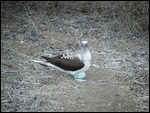










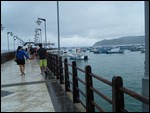
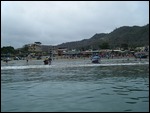
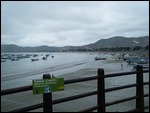

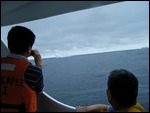
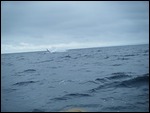
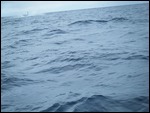

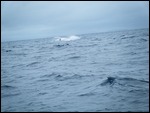
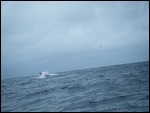
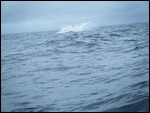

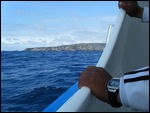
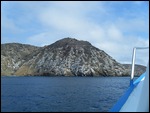

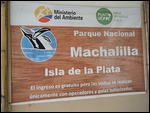
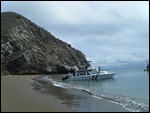


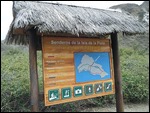

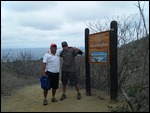
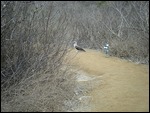
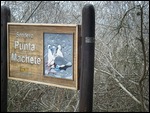

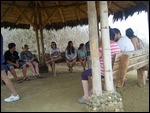
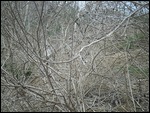
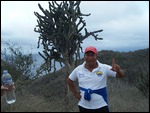
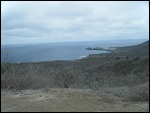
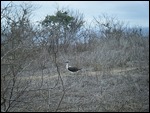
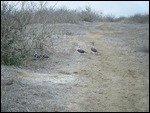
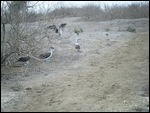
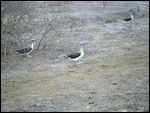
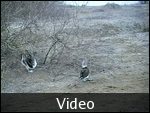
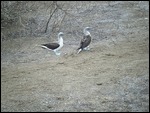

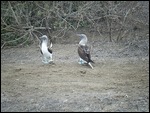
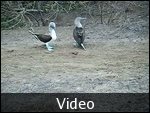
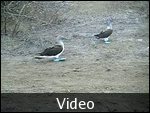
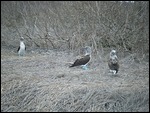
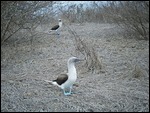
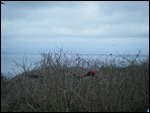
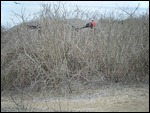
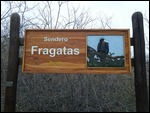
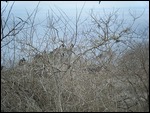
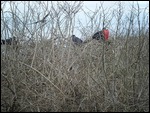
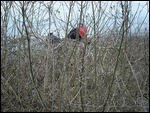
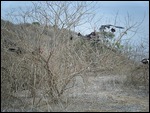
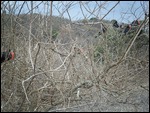
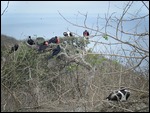
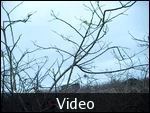
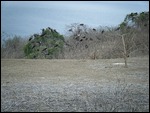
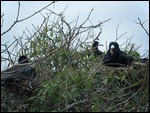
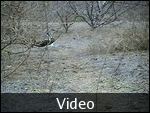
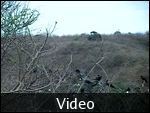
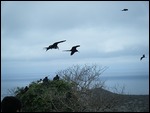
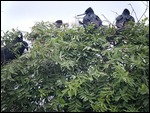
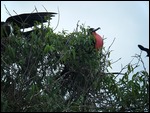
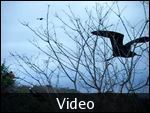

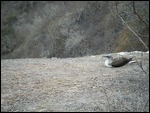
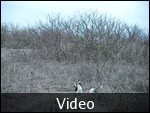
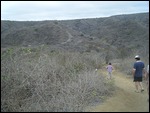
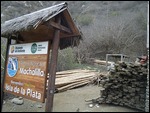
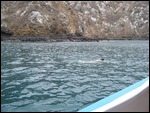

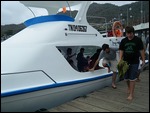
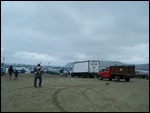
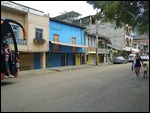
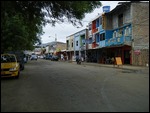
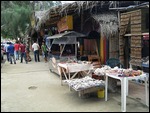
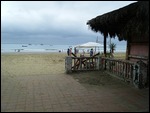
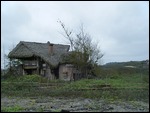
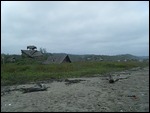
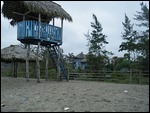


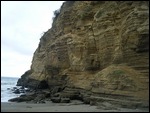
2025-05-22